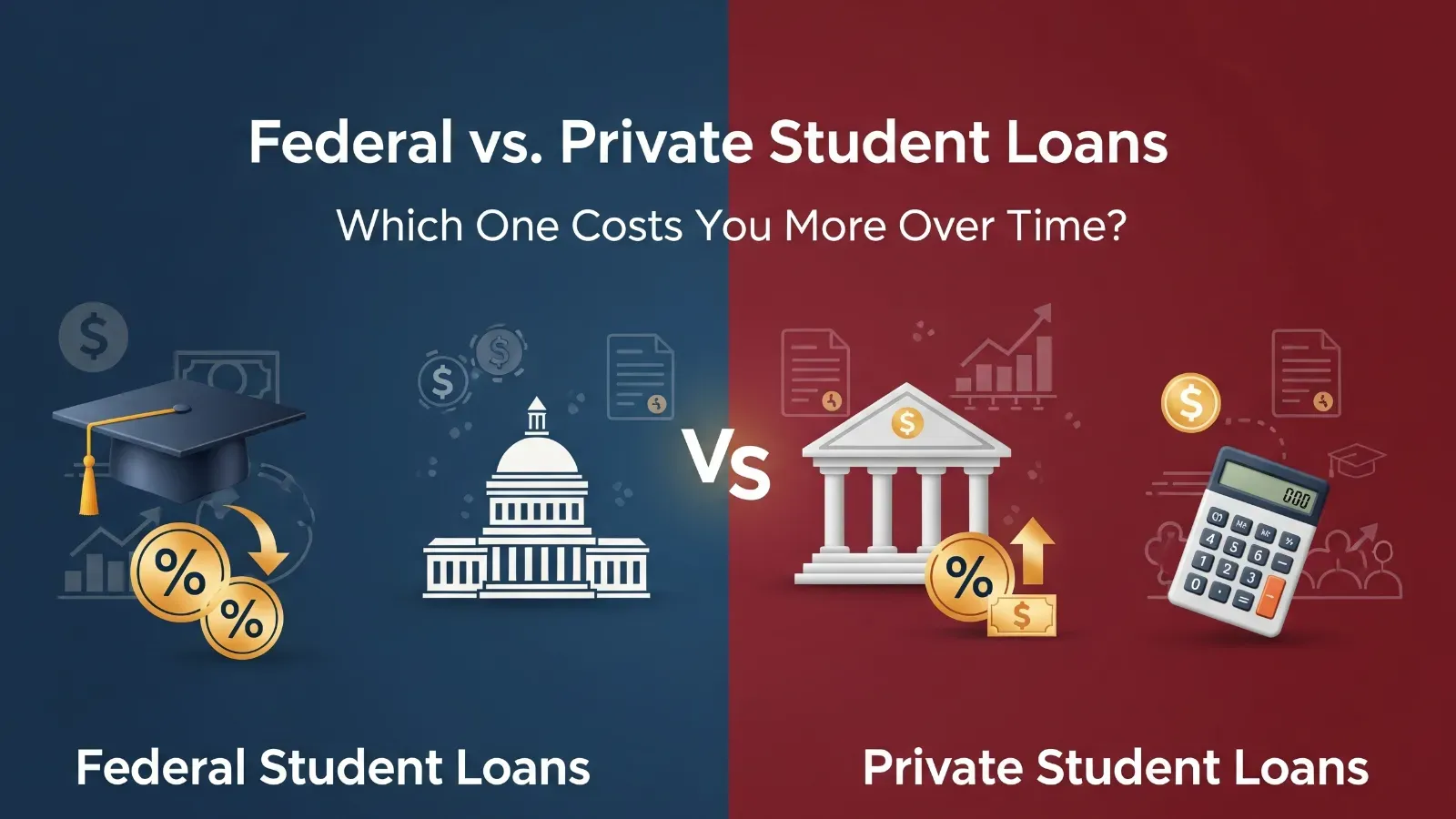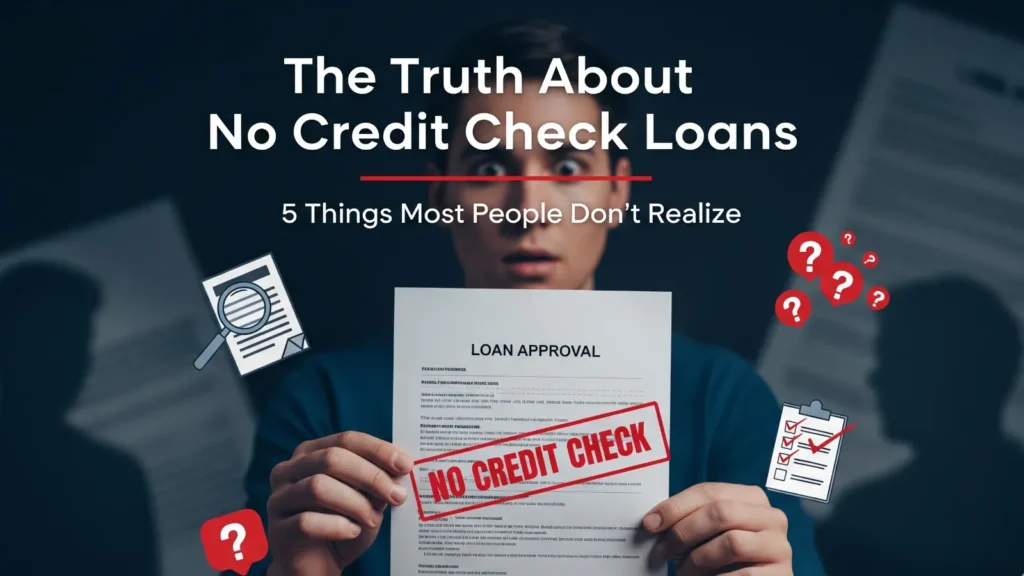The cost of attending college in the United States is rising by the day, and this has led millions of students to take out Student Loans to complete their education. But the big question is, which one between Federal Student Loans and Private Student Loans is cheaper for you in the long run? This article will answer this question for you in simple and clear terms. We will compare both types of loans, understand their features, and tell you which option may be better for you.
What Are Federal Student Loans?
Federal Student Loans are offered by the US government and are managed by the Department of Education. These loans are a reliable option for students, as they have many advantages that make them the first choice of most people.
- Interest rates are fixed. For the 2025-26 academic year, the rate is 6.39% for undergraduate students, 7.94% for postgraduate students, and 8.94% for PLUS loans. These rates do not depend on your credit score, which is a big advantage.
- There are many flexible options for repayment. For example, Income-Driven Repayment (IDR) plans determine monthly installments based on your income. In addition, options such as loan forgiveness or deferment are also available in some cases.
- Most Federal Student Loans do not require a credit check, except for PLUS loans. This is very helpful for students who do not have a credit history yet.
- In subsidized loans, the government pays the interest during the study and in the grace period, which is a great benefit for needy graduate students.
However, Federal Student Loans have a limit. Undergraduate students can borrow up to $31,000 and postgraduate students can borrow up to $138,500. Sometimes this amount is not enough to cover the entire cost of education.
What Are Private Student Loans?
Private Student Loans are available from banks, credit unions, or online lenders. These loans can be a good option if you need more money than the Federal Student Loans allow. But they have their own terms and conditions.
- Interest rates can be fixed or variable. These rates depend on your credit score and can range from 3.19% to 15.99%. If you have a very good credit score, you may get a lower rate, but variable rates can increase over time.
- You can borrow up to the full cost of school (Cost of Attendance), which provides more flexibility than Federal Student Loans.
- These loans require a credit check. If you have a low credit score, you may need a co-signer.
- Not much repayment flexibility. There are no Income-Driven Repayment or loan forgiveness options, and the terms of deferment or forbearance vary by lender.
Private Student Loans typically do not have an origination fee, which is an advantage over the 1-4% fee for Federal Student Loans.
Comparing Costs: Federal vs. Private Student Loans
When it comes to the cost of Federal vs. Private Student Loans, there are several factors to consider. The fixed interest rates and flexible repayment options of Federal Student Loans can save you money in the long run, especially if you take advantage of programs like Income-Driven Repayment or Public Service Loan Forgiveness. For example, if you take a $30,000 Federal Student Loan at 6.39% interest rate, you may have to pay a total of about $39,600 in 10 years. But this amount can be even less with IDR.
On the other hand, if you get a lower interest rate, such as 3.19%, in Private Student Loans, then the same $30,000 loan can be repaid in about $34,800 in 10 years. But if interest rates rise or there is a problem in repayment, the total cost can be higher.
How to Choose the Right Loan for You
Choosing the right option between Federal vs. Private Student Loans depends on your financial situation, credit score, and future plans. Most experts say that Federal Student Loans should be taken full advantage of first, because they are more secure and flexible. If you still need more money, consider Private Student Loans, but try to get the lowest interest rate possible.
- Fill out the FAFSA (Free Application for Federal Student Aid) first. This makes you eligible for Federal Student Loans and other aid.
- If Private Student Loans are needed, compare interest rates and terms from multiple lenders.
- Borrow only as much as you need. Plan your repayment based on your future income.
Final Thoughts
The decision between Federal vs. Private Student Loans can greatly impact your education and financial future. Federal Student Loans are better for most students because of their fixed rates and flexible options. But if you need more money, Private Student Loans can be a good supplemental option. Carefully understand your options, compare, and choose the loan that will be most economical for you in the long run.










